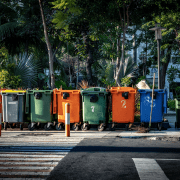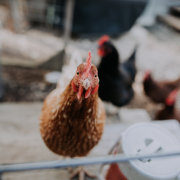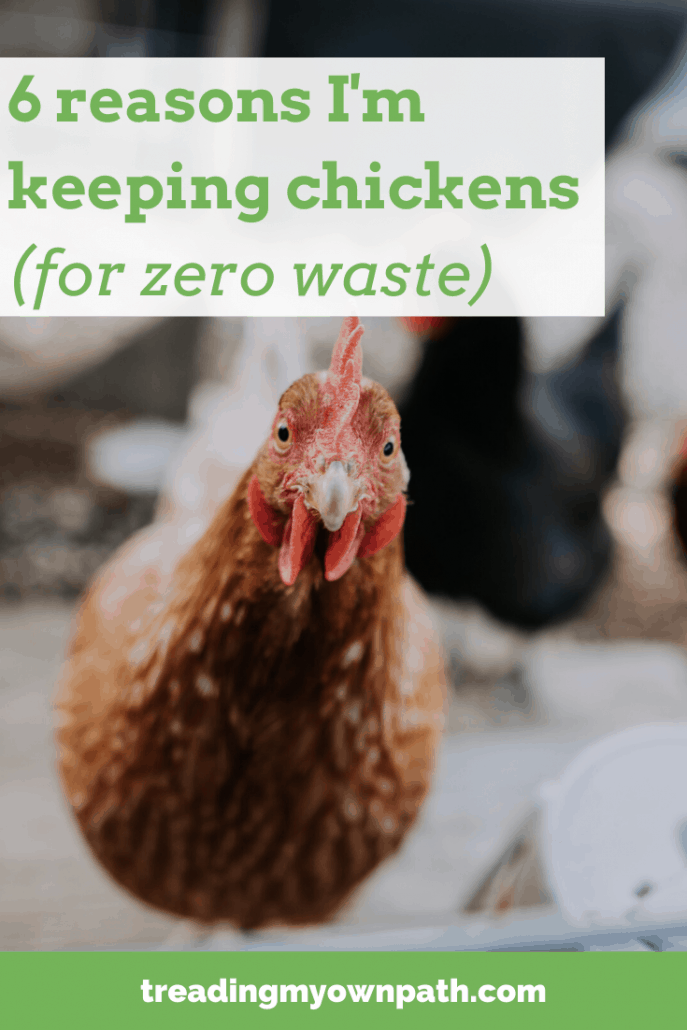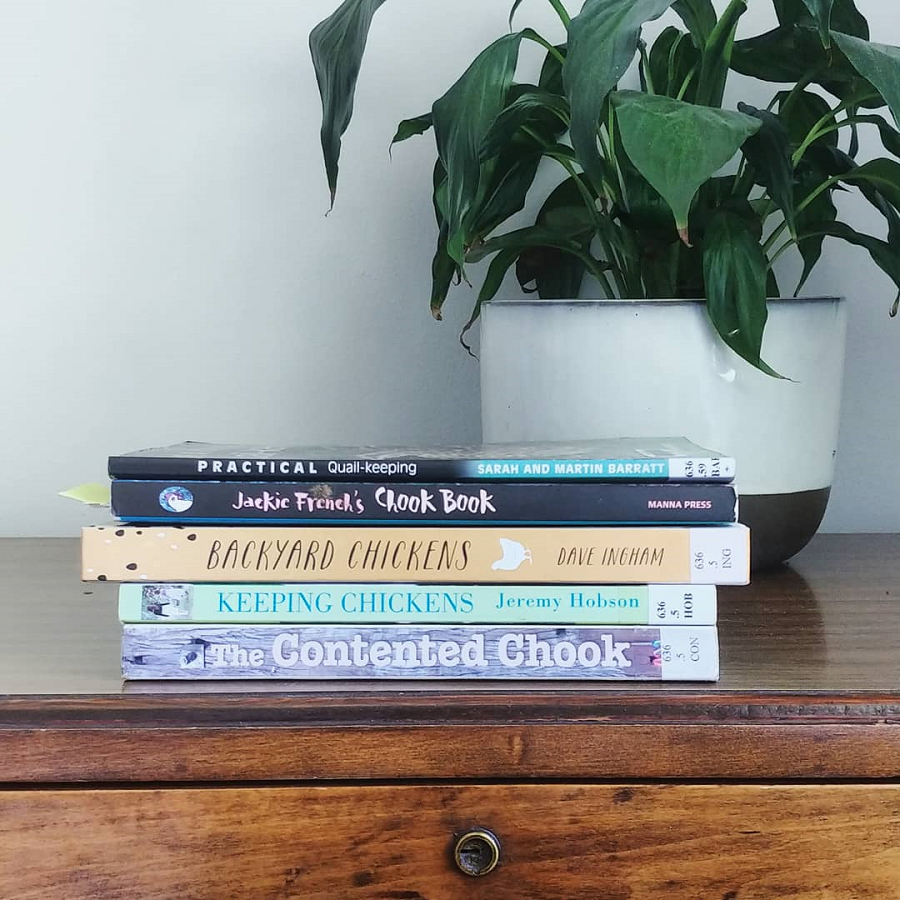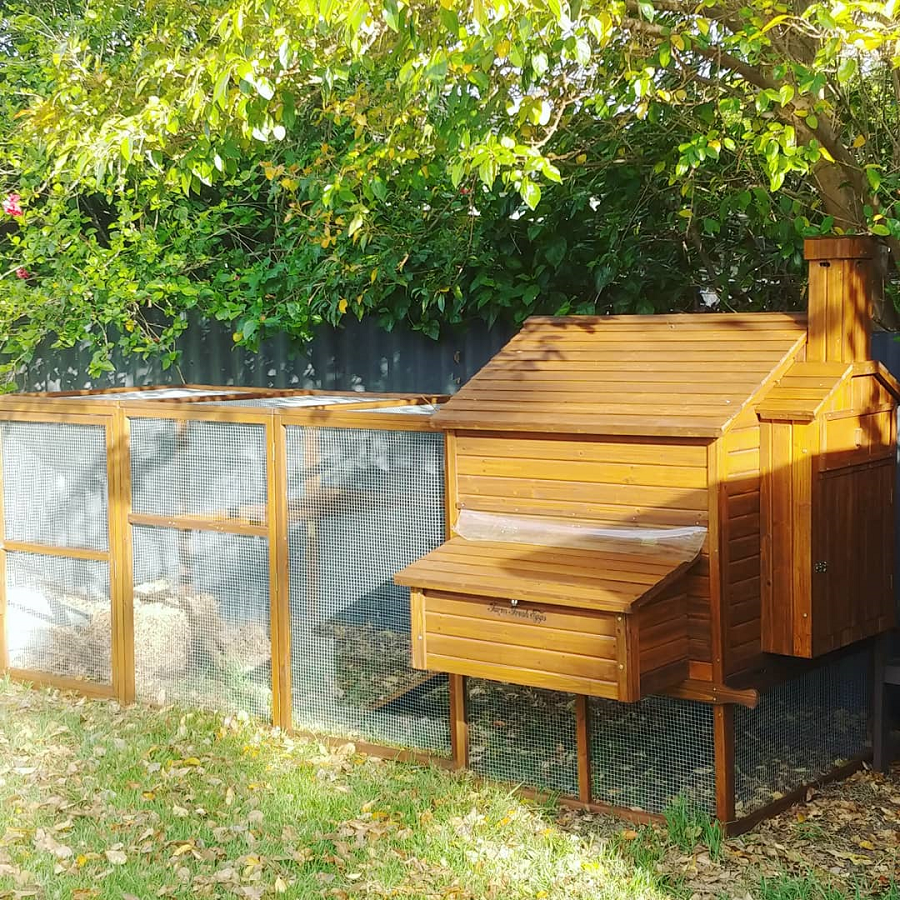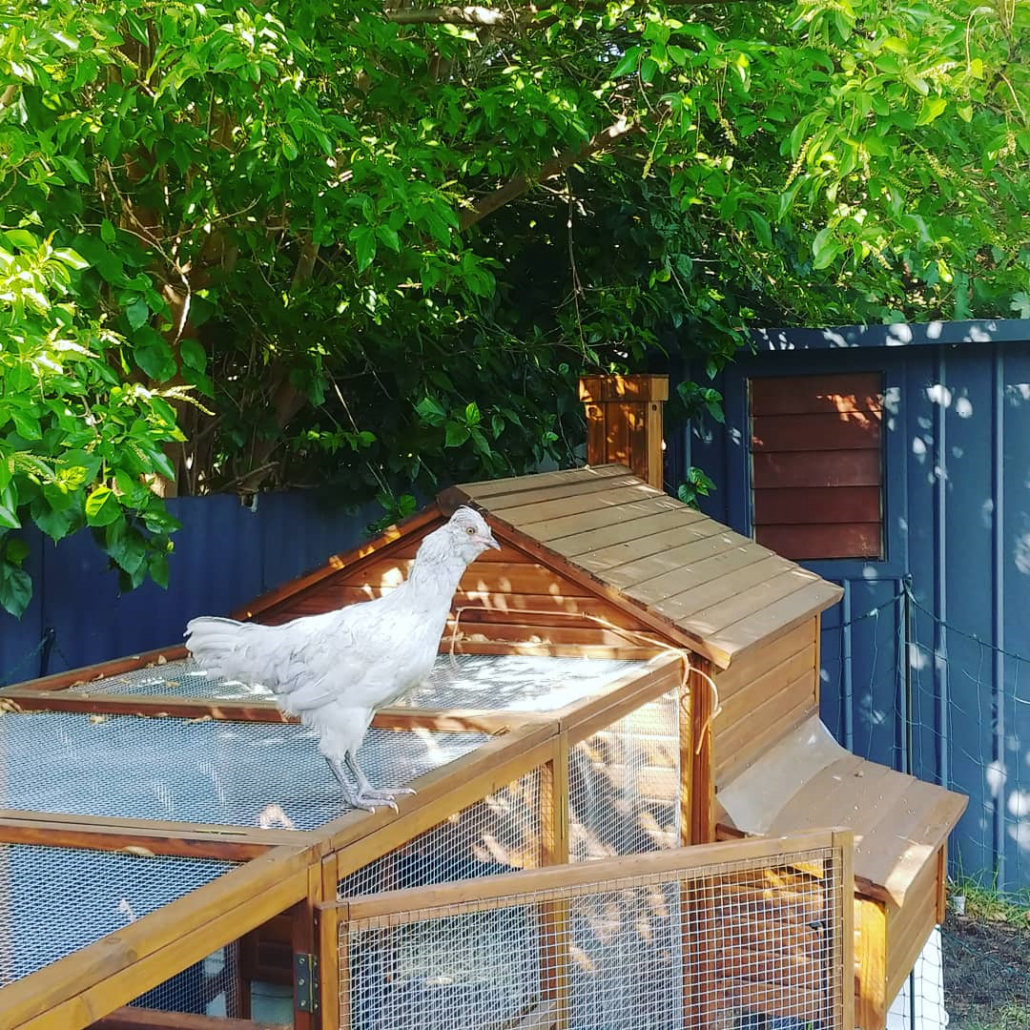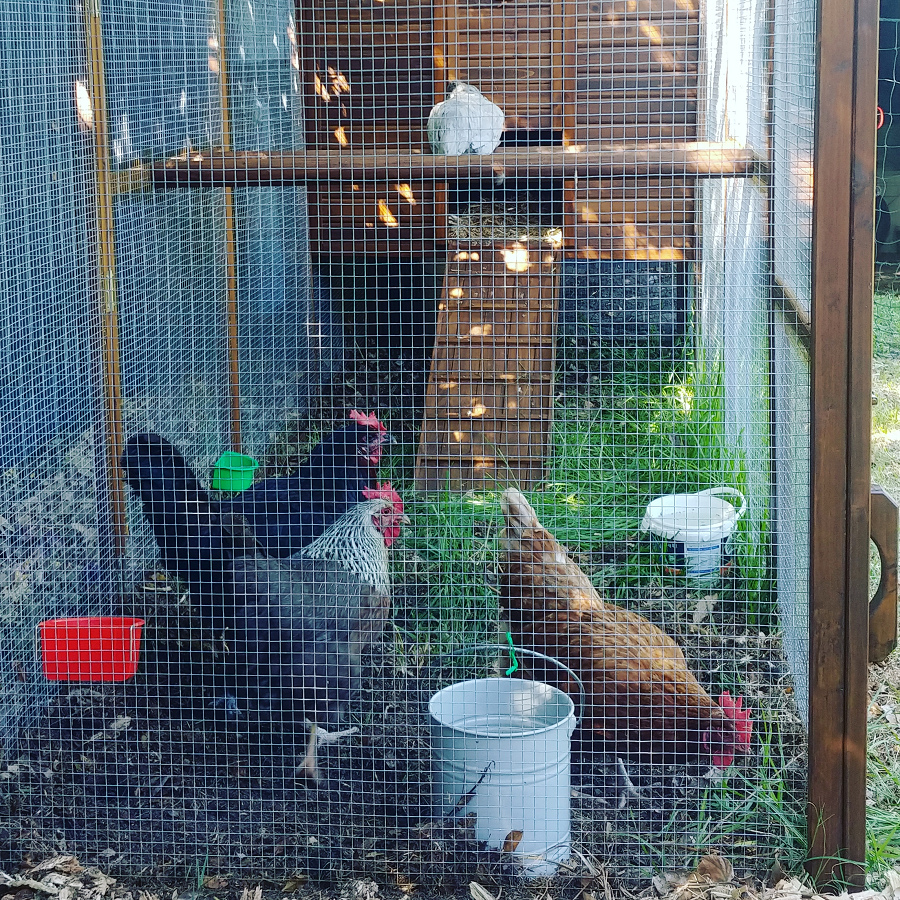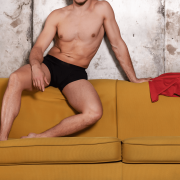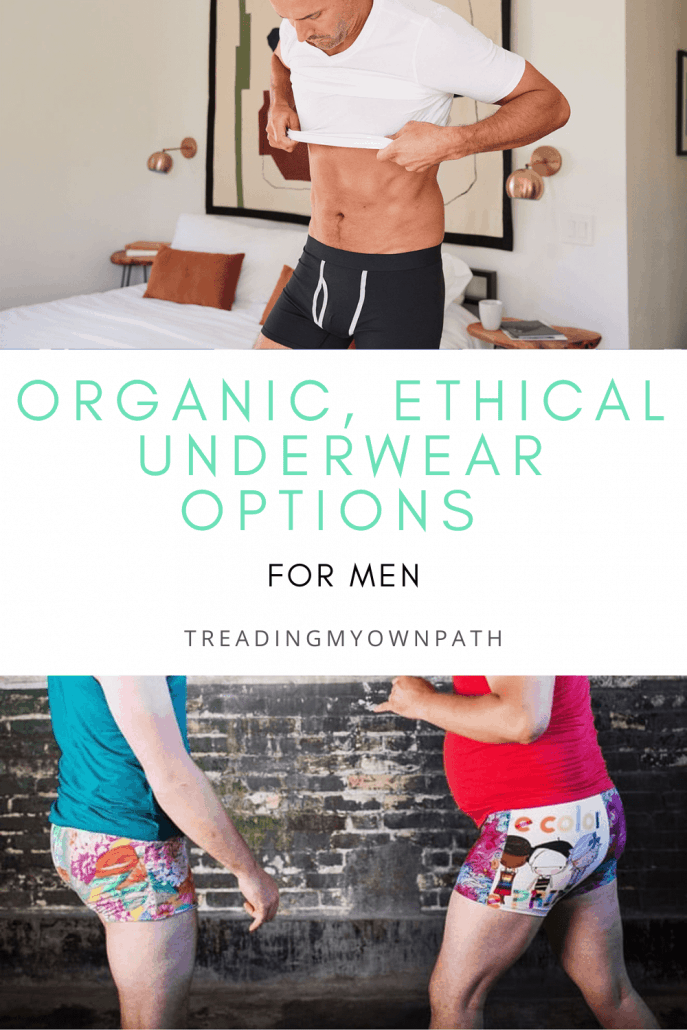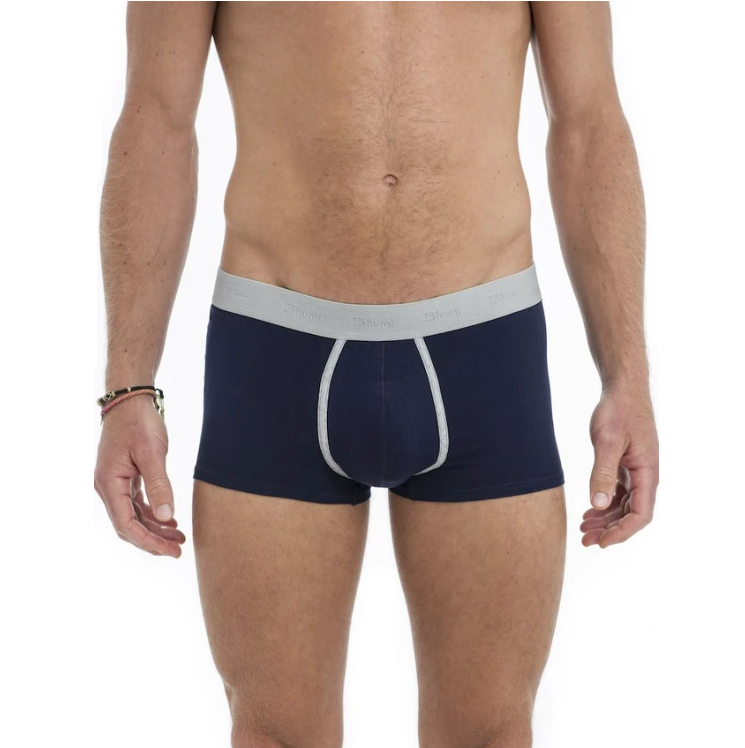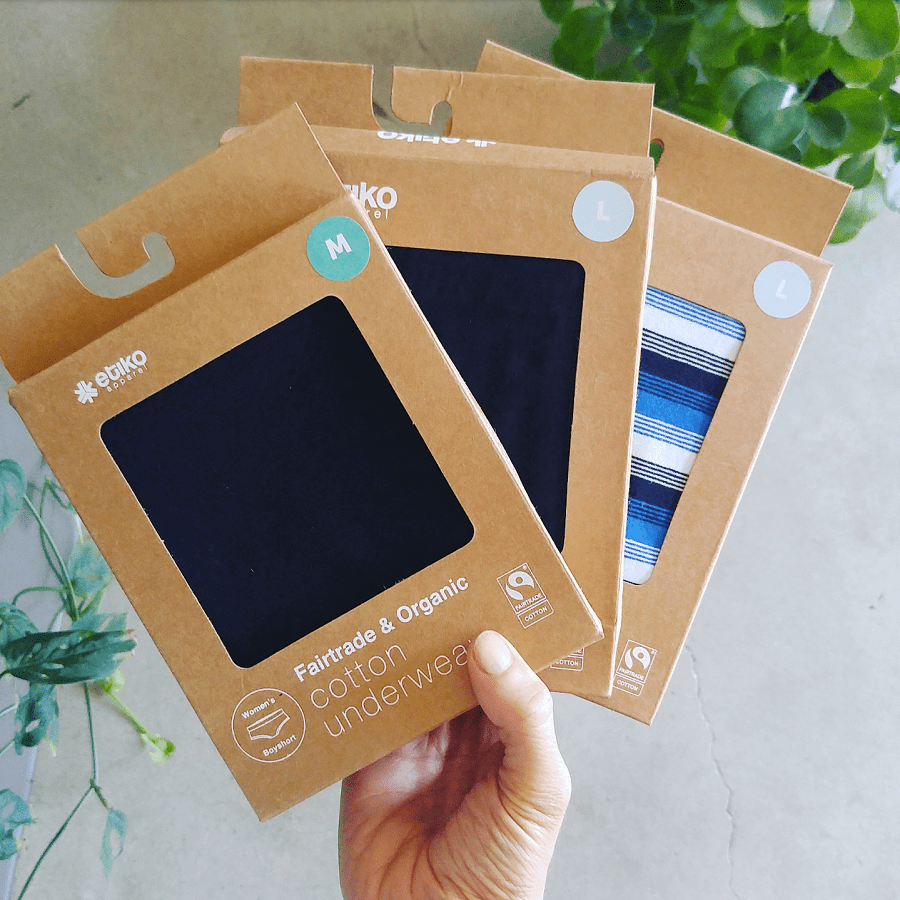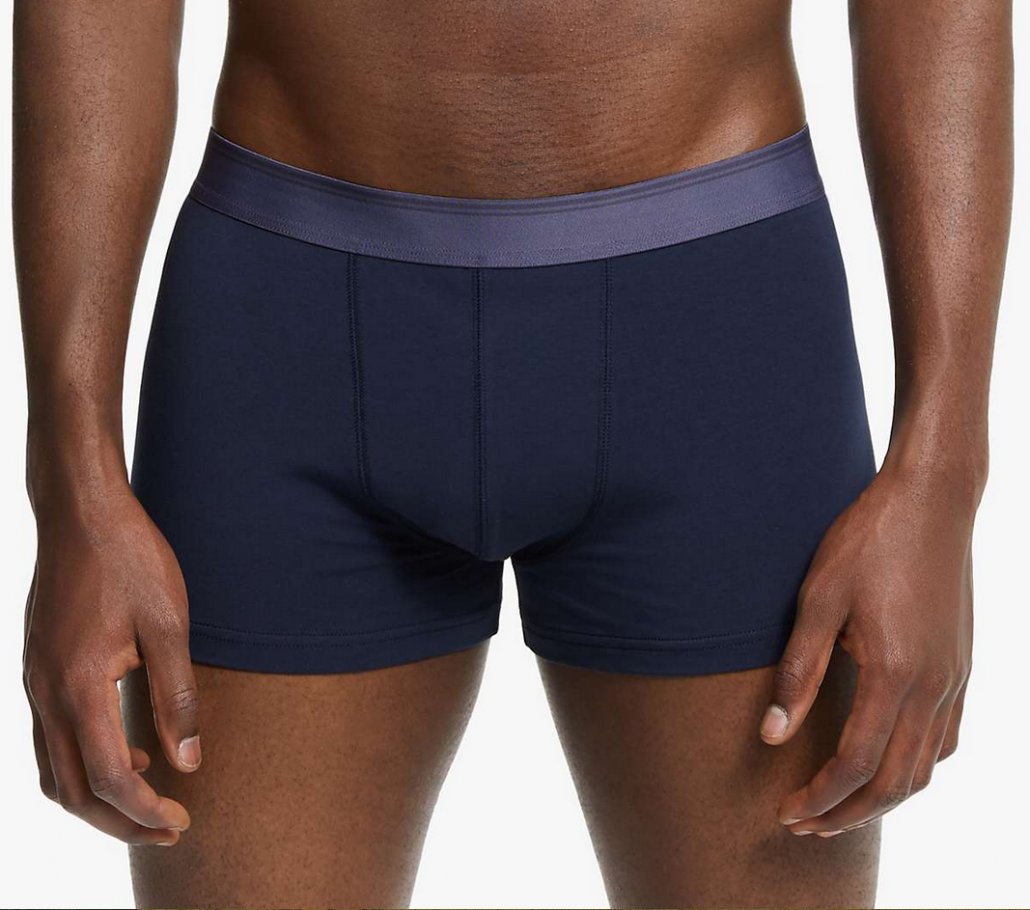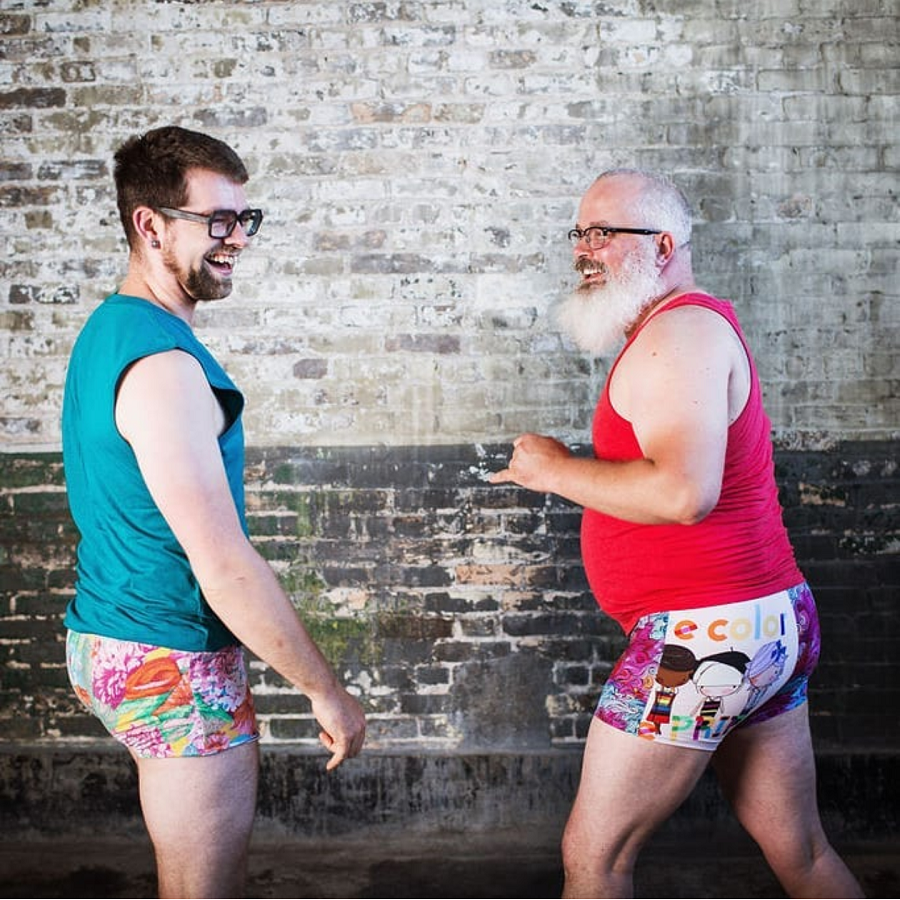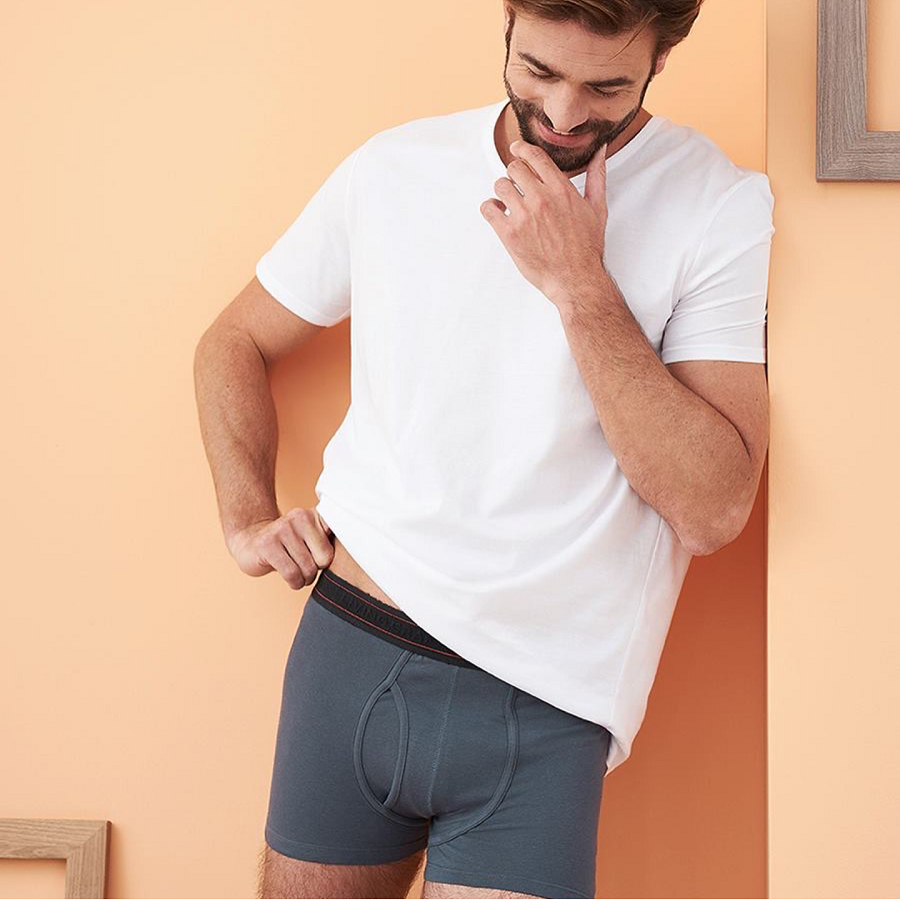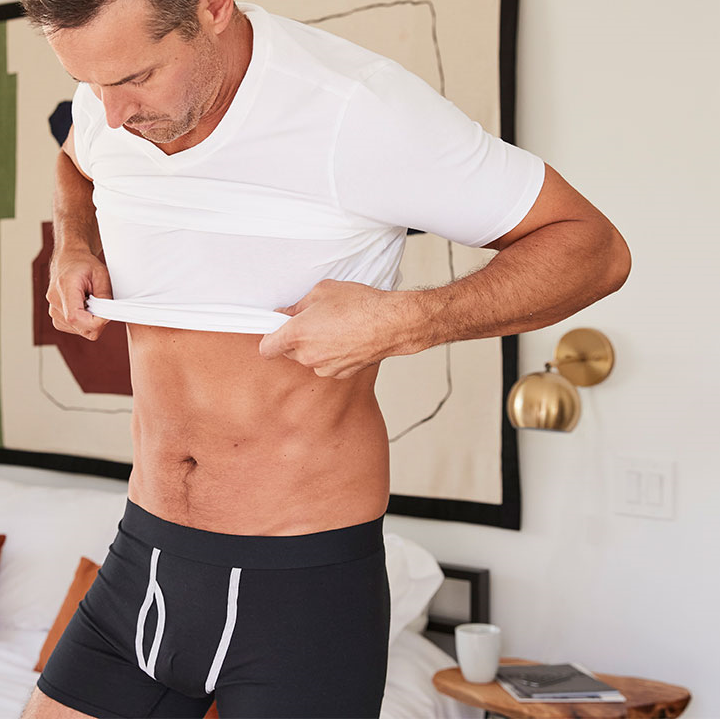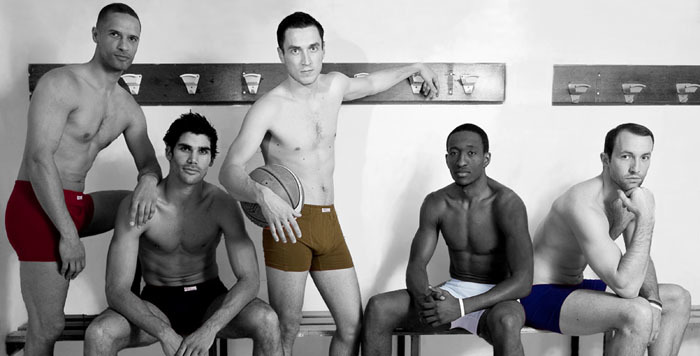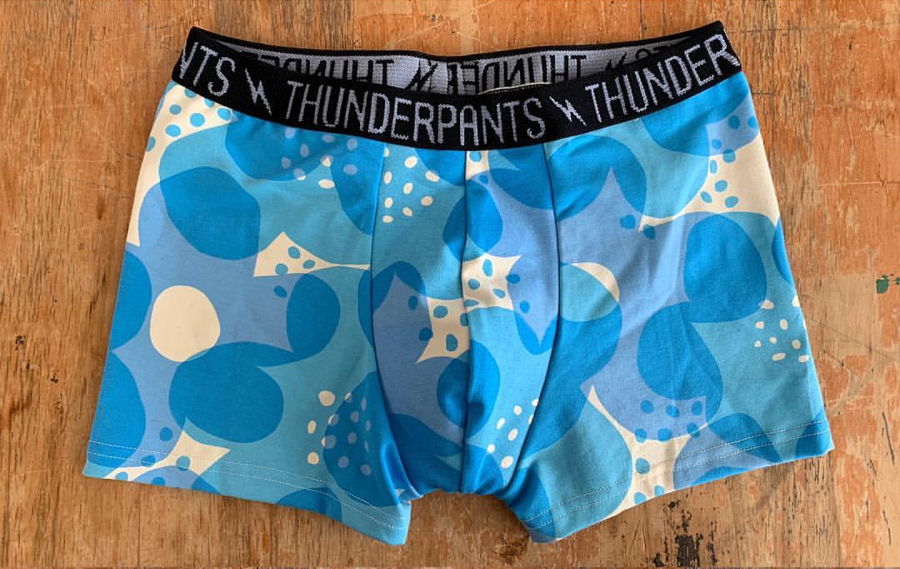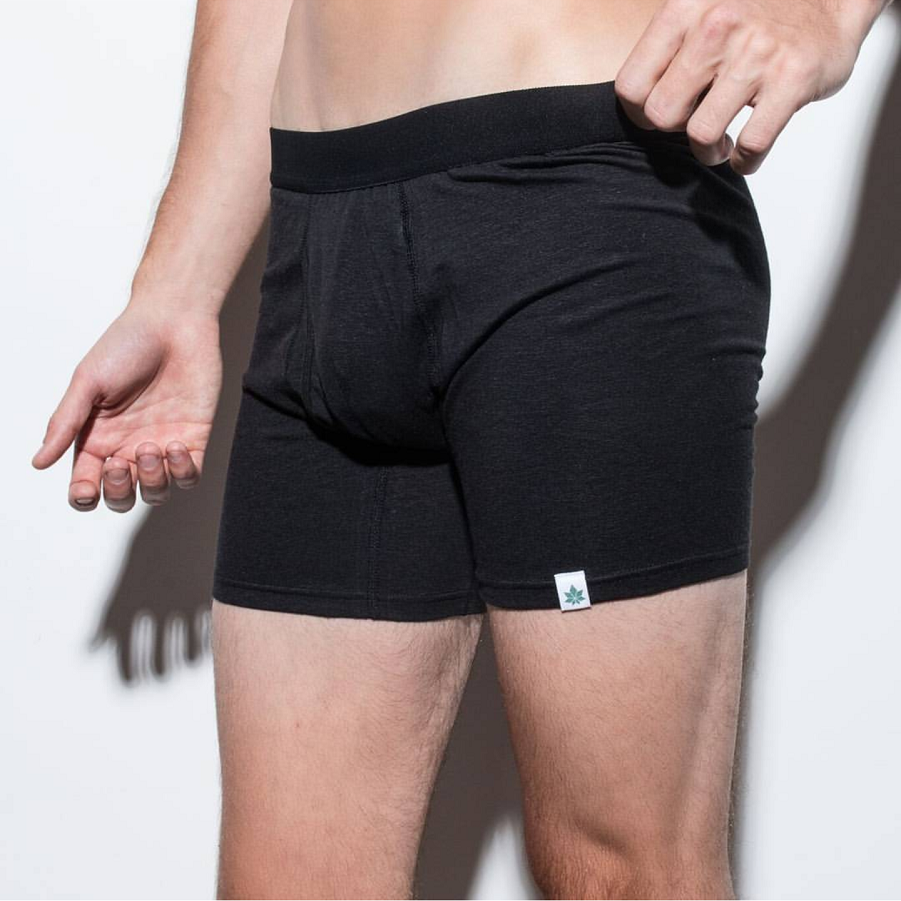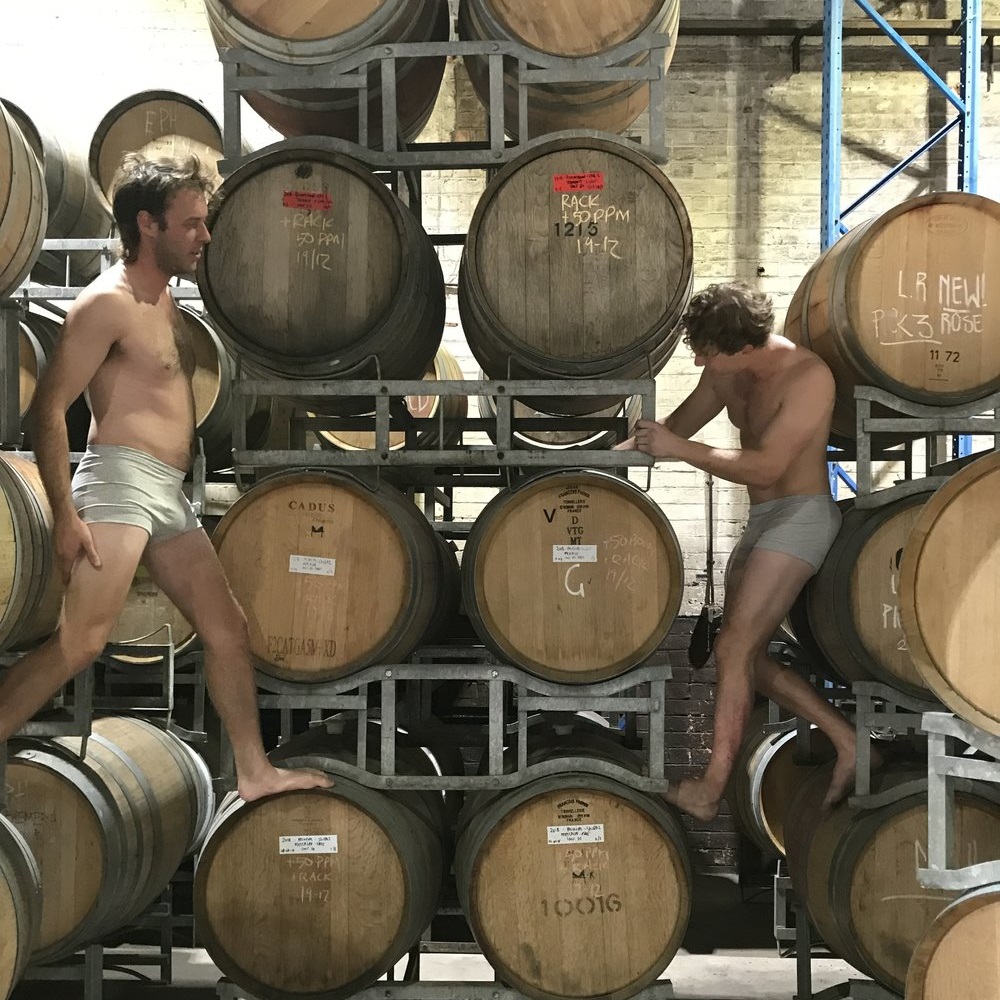How I changed my mind about living zero waste and plastic-free (a story in 5 stages)
A friend of mine volunteers at a local food rescue organisation, which collects mostly pre-packaged out-of-date (well, out-of-date as described by the packaging), damaged and excess food, and redistributes to charities around the city.
Not all the food that is rescued is edible, but some of what isn’t edible for humans is still good for chickens. Yesterday, she dropped around some rescued food for my girls.
Like most of what they rescue, it came wrapped in plastic. I gave the contents to my ladies (who gobbled up the beetroot slaw, tolerated the broccoli, picked at the snow peas and snubbed the watercress completely), and rinsed out the packaging ready to take to redcycle for recycling.

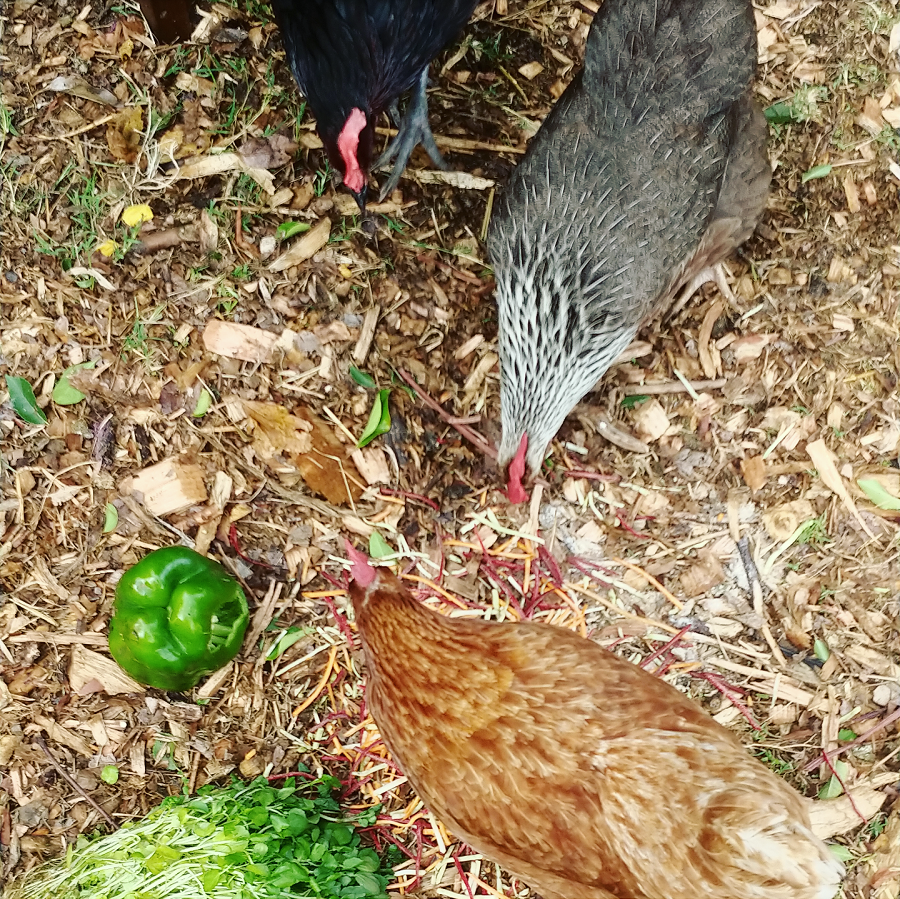
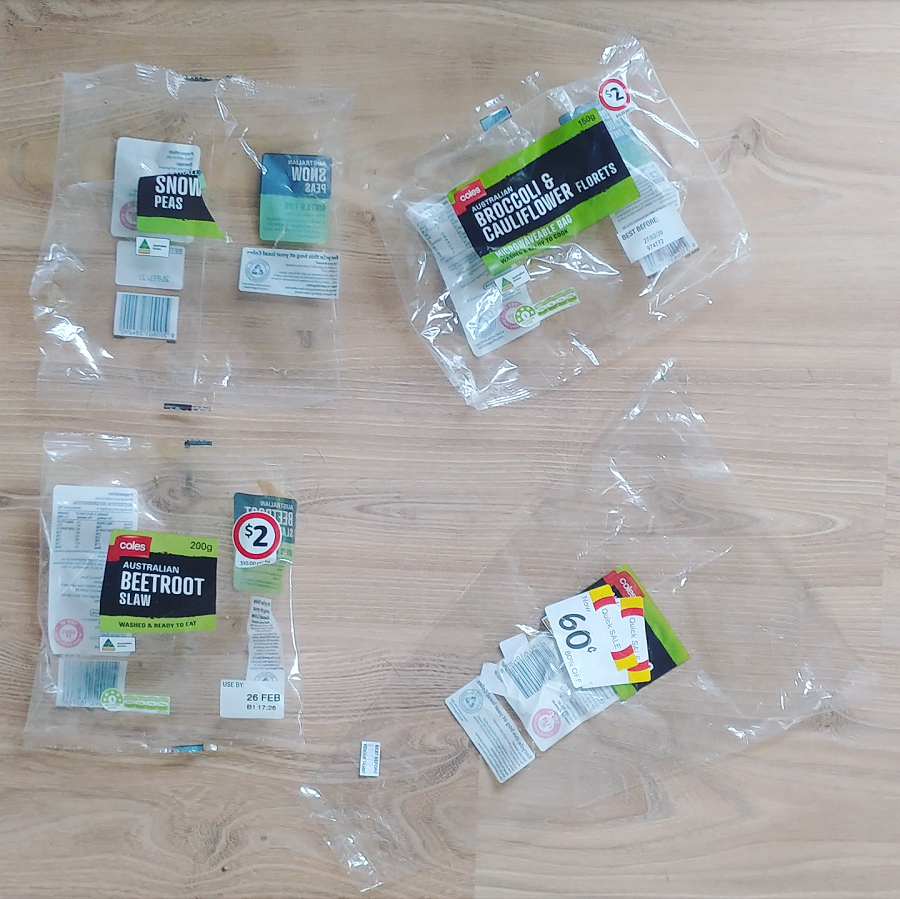
Wet single-use plastic packaging has a really yuck feel to it; it was literally making my skin crawl as I washed it out. It got me thinking about how my feelings for and perception of plastic has changed over the years. At one point I’d have thought nothing of a fridge full of this plastic (oh, and I wouldn’t have been washing it out, nor recycling it); now, having just four pieces on the draining board makes me feel uncomfortable.
There was also a time, in the middle, where I’d have refused point blank to even allow this plastic into my house.
So why has my view on plastic and the way I live zero waste changed over the years? For each of the stages, I can pinpoint a reason why I made the choice, and a reason why that changed. After all, trying to live sustainably in never black and white, and there’s a lot of nuance around different issues.
Over time, I’ve changed my mind a few times. Perhaps you’ve come to different conclusions and made different choices. Or perhaps you can relate to some of these stages, too.
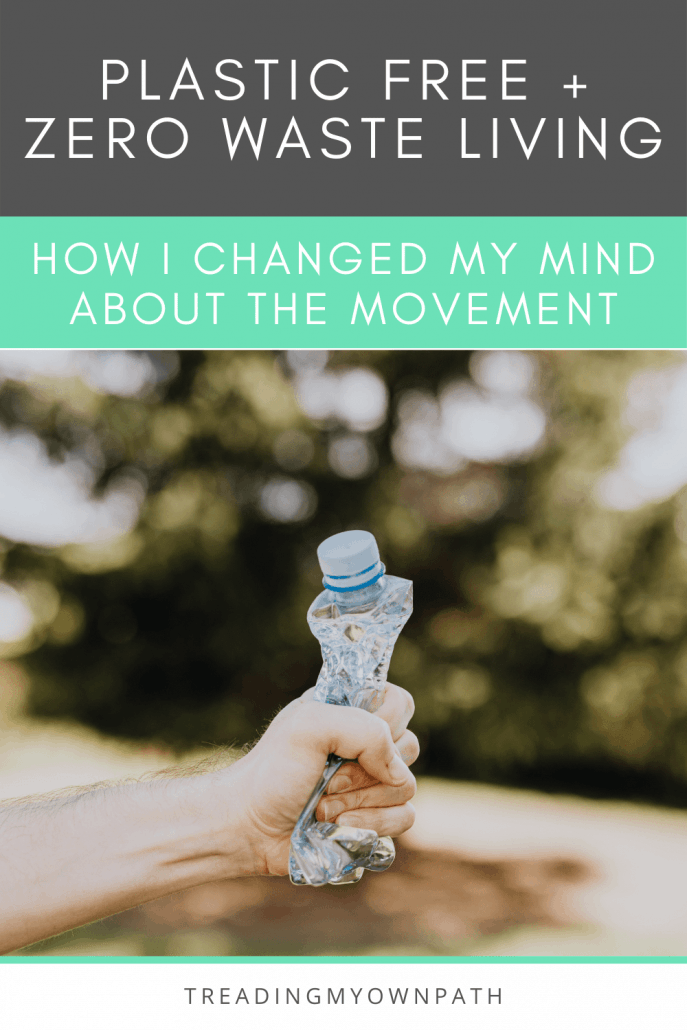
Just starting out (the learning and ‘making mistakes’ stage)
I decided to give up plastic in June 2012, after watching the documentary Bag It. Pretty much overnight, I changed my perspective on plastic completely. I went from the person buying all the plastic whilst complaining that ‘somebody should do something about that’ – and thinking I was some kind of sustainability superhero because I had reusable shopping bags – to realising that there was so much more I could do.
Changing your perspective doesn’t mean knowing all the answers, or doing all the things. For me, it meant starting out by working on changing my habits.
My first focus was avoiding single-use plastic and packaging, particularly when food shopping and buying bathroom and cleaning products.
One of the first changes I made was buying a (plastic) KeepCup, and I didn’t see any irony in buying a plastic cup to refuse plastic (although at the time, KeepCup was the only brand on the market and they hadn’t invented a glass version yet).
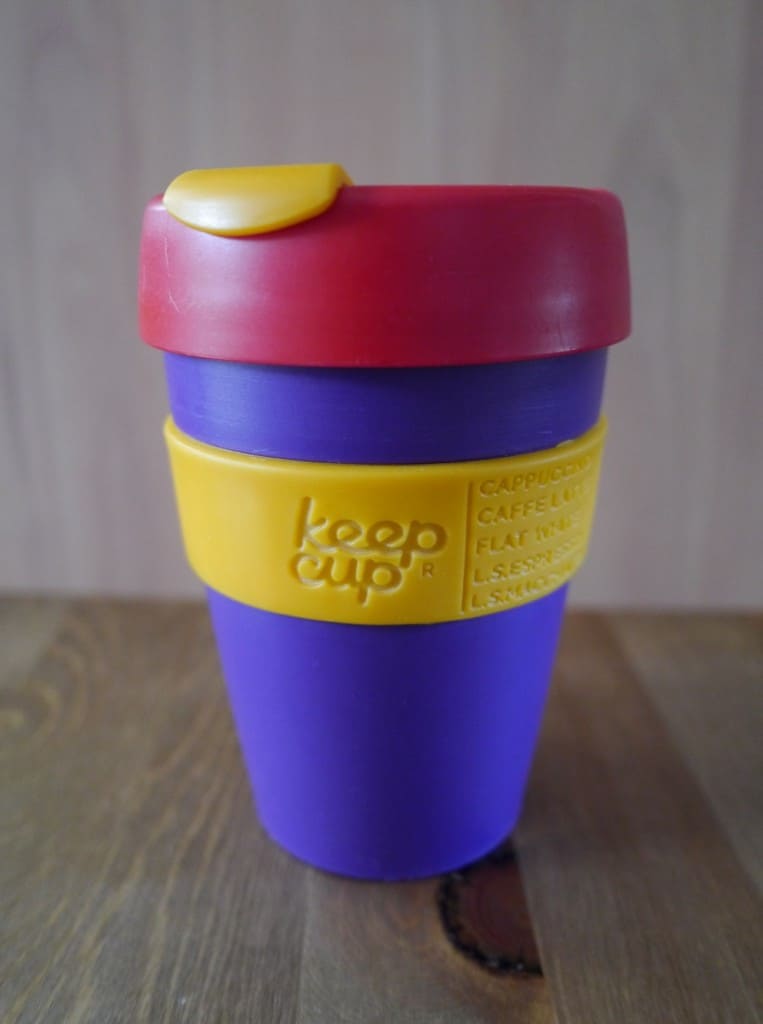
I did buy a few other things, but I was lucky in those days that there weren’t a lot of products to entice me with clever marketing. Someone making the same choices today could easily spend a small fortune!
(Which is fine if you both have small fortune and will use everything you buy – and often. But it is an expensive way to learn what you do and don’t actually need.)
There were a lot of mistakes, in the early days. Packets with sneaky plastic, forgetfulness, little awareness around greenwashing and so taking claims like ‘eco-friendly’ on products at face value.
But the more I learned, the better at refusing plastic I got.
From ‘plastic-free’ to ‘zero waste’ (the understanding waste stage)
About 6 months in, I visited a recycling facility (or more technically, a materials recovery facility – which sorts materials but doesn’t actually recycle them).
It made me realise that switching out plastic for other materials (paper, cardboard, glass and metal) didn’t make much sense if these things were also used only once too.

So I committed to reduce all single-use packaging, not just plastic.
I also started thinking about all plastic, not just the single-use stuff. I began to choose non-plastic replacements for items, and non-plastic reusables.
Plastic things – even reusables – still tend to break or wear out (compared to their plastic-free alternatives), and the less I used plastic, the less I wanted to use plastic.
I wondered if I’d done the wrong thing by buying plastic reusables. I purchased plastic-free reusables, but then felt conflicted because buying new stuff (even plastic-free stuff) uses resources and creates waste.
The plastic-free zero waste purist (the ‘uncompromising’ stage)
By this time, all of my habits were embedded, and those who knew me knew that I didn’t use plastic and was serious about reducing my waste. More and more solutions were appearing – from more people writing about waste and sharing ideas, to online and social networks allowing people to share stuff, and more bulk stores and companies focusing on waste reduction with their products and services.
Living with no plastic and no waste was getting easier. I was also testing my boundaries, refusing to let plastic through my door and really pushing myself to create as little waste as possible.
This was the time when the media started talking about zero waste, and there was a lot of focus on fitting your annual waste in a jam jar. I did it myself for a year.
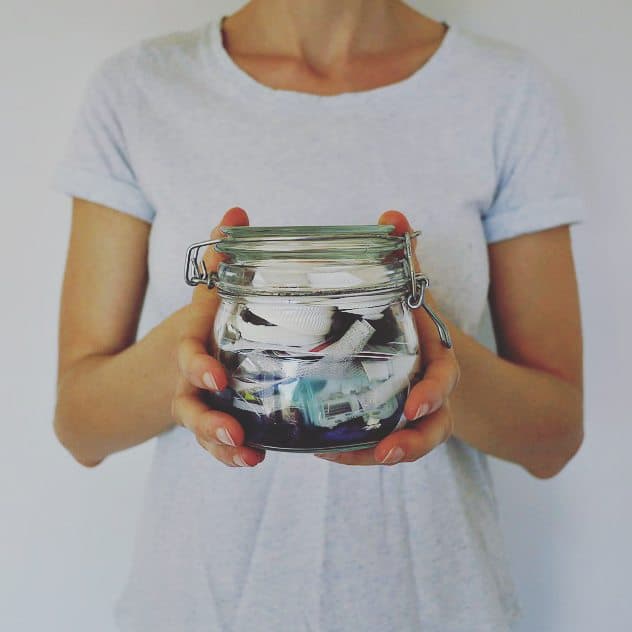
This was definitely the least pleasant stage to be in – both for me, and probably those close to me.
So why was it unpleasant?
Well, I definitely put a lot of pressure on myself. Don’t get me wrong, I love a challenge and I love working out ways to solve problems and reduce my waste. But the ‘waste-in-a-jam-jar’ year meant focusing on the minutiae in a way that never really felt comfortable with me. It just didn’t feel like the best use of my time or energy.
I felt like a fraud for those things I didn’t put in the jar – like the glass bottle of washing up liquid I smashed on my concrete floor, or a label I tossed in a bin whilst out in a moment of forgetfulness.
I also had a few instances where people I knew told me that I made them feel guilty. Not by necessarily even doing or saying anything (although I’m not always known for my tact) – sometimes just my being there made people feel guilty about their choices. Which was rubbish for all of us.
And there were definitely times here when I was more…robust…with my expectations of others. It wasn’t deliberate – sometimes when you’ve come so far you can forget where you were, and that others are still there.
Honestly, it might have been sustainable for the planet, but it didn’t feel sustainable for me (or those around me).
Everything is interconnected (the ‘joining the dots’ stage)
The more I learned about waste, the more I discovered about the waste that happens before stuff comes through our front doors, and the more I understood waste as something bigger than packaging or plastic.
I let go of chasing the ideal of being perfectly zero waste, and started thinking more broadly about the issues.
Waste is about much more than glass jars or plastic bags.
For example, buying food packaged without plastic that then goes bad in the fridge (because the plastic is what helps keeps it fresh) is just creating a different kind of waste.
Or buying a brand new ethically made and ‘sustainably sourced’ thing from overseas (with brand new materials and a big carbon footprint) creates more waste than making do with the less-shiny thing available in the second-hand store.
It’s a hollow victory when you can cram your annual waste into a jam jar, but the majority of society is carrying on as normal. I became less interested in my personal waste ‘achievement’ and more interested in how to create change in my community.
It seemed – still seems – like a better use of my energy to share what I know and help others make changes than sit back and feel like my job is done.
Not sweating the small stuff (the ‘bigger picture’ stage)
I’ve realised that I care too much about too many different aspects of waste to focus single-mindedly on one issue.
I care about plastic waste, but I also care about food waste.
I care about supporting ethical and sustainable businesses producing responsible products, but I care about keeping resources in use by choosing second-hand, and reducing consumption by making do.
I care about my own personal waste footprint, and I also care about making waste reduction more accessible to others.
I’m keen to reduce the waste that I create, and I’m also interested in reducing waste further up the waste stream.
So now, I try to let the small and inconsequential stuff go in recognition of the bigger picture.
I’ll refuse a plastic bag at the store, but I’ll take a plastic sack filled with spent coffee grounds from a cafe (to put in my compost bin) that might otherwise go to landfill.
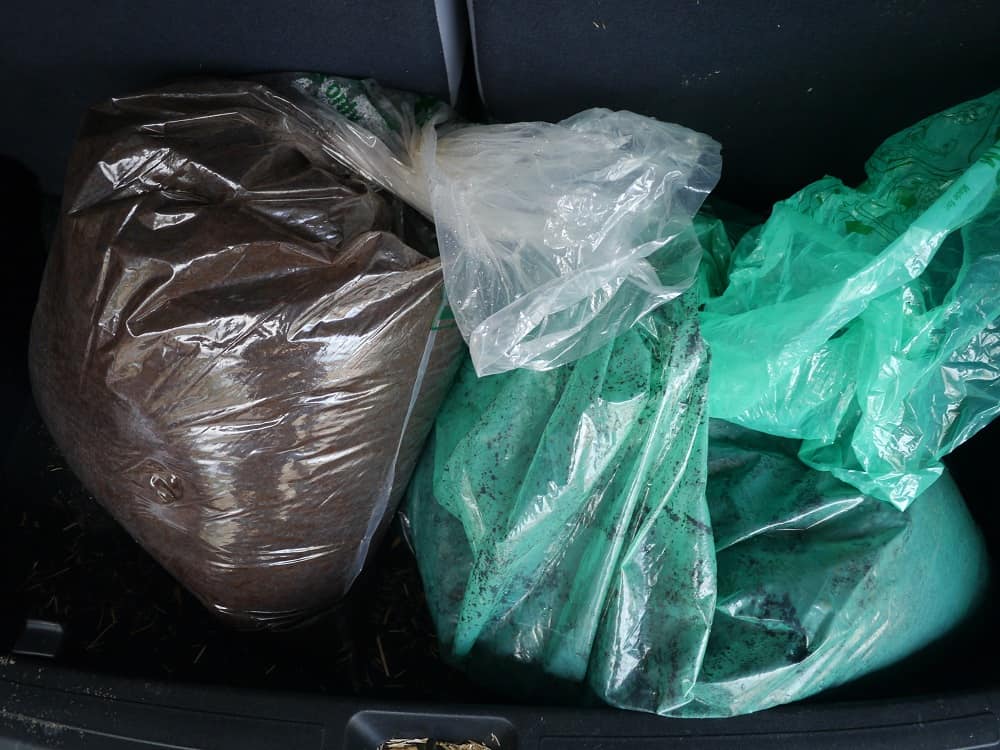
I won’t buy plastic-packaged food for myself, but I’ll accept it rescued from the bin (to feed myself or the chickens).
I’ll reuse plastic containers in existence rather than buying a brand new metal (plastic-free) version.
I‘m not saying that these choices are the best or right choices, they are simply what work for me, at this moment. The way I feel about plastic and waste has changed over the years, and I’m sure it will change again in the future.
Navigating waste is often complicated, and there tend to be trade-offs one way or another.
I wanted to share this because I really don’t think there’s one way to tackle waste. It can feel like a minefield because there are so many choices and so much conflicting advice. It’s an imperfect world and whilst it isn’t always possible to know what the best choice is, the important thing is that we try.
My advice is: don’t sweat the small stuff. Just do your best.
Now I’d love to hear from you! Have you changed your thoughts around plastic and waste as you’ve started making changes? Have your priorities shifted or stayed the same? Do you prefer to focus on one aspect of waste, or try to navigate the different aspects? Have you experienced these stages… or different ones? Any other thoughts? Please leave a comment below!

